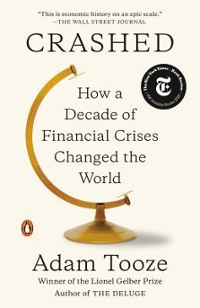The question is in the pictures-it has multiple parts
5. Costs in the short run versus in the long run Ike's Bikes is a major manufacturer of bicycles. Currently, the company produces bikes using only one factory. However, it is considering expanding production to two or even three factories. The following table shows the company's short-run average total cost (SRATC) each month for various levels of production if it uses one, two, or three factories. (Note: Q equals the total quantity of bikes produced by all factories.) Average Total Cost (Dollars per bike) Number of Factories Q = 100 Q = 200 Q = 300 Q = 400 Q = 500 Q = 600 1 360 200 160 240 400 720 2 540 300 160 160 300 540 3 720 400 240 160 200 360 Suppose Ike's Bikes is currently producing 600 bikes per month in its only factory. Its short-run average total cost is per bike. Suppose Ike's Bikes is expecting to produce 600 bikes per month for several years. In this case, in the long run, it would choose to produce bikes using 7 . On the following graph, plot the three SRATC curves for Ike's Bikes from the previous table. Specifically, use the green points (triangle symbol) to plot its SRATC curve if it operates one factory (SRATC1); use the purple points (diamond symbol) to plot its SRATC curve if it operates two factories ( SRATC2); and use the orange points (square symbol) to plot its SRATC curve if it operates three factories (SRATC3). Finally, plot the long-run average total cost (LRATC) curve for Ike's Bikes using the blue points (circle symbol). Note: Plot your points in the order in which you would like them connected. Line segments will connect the points automatically. 800 A 720 AVERAGE TOTAL COST (Dollars per bike) SRATC 640 560 480 SRATC2 400 -0 320 SRATC 3 240 O 160 LRATC 80 O 0 100 200 300 400 500 600 700 QUANTITY (Bikes)In the following table, indicate whether the long-run average cost curve exhibits economies of scale, constant returns to scale, or diseconomies of scale for each range of bike production. Range Economies of Scale Constant Returns to Scale Diseconomies of Scale Between 300 and 400 bikes per month 0 O 0 More than 400 bikes per month 0 O 0 Fewer than 300 bikes per month 0 O O









